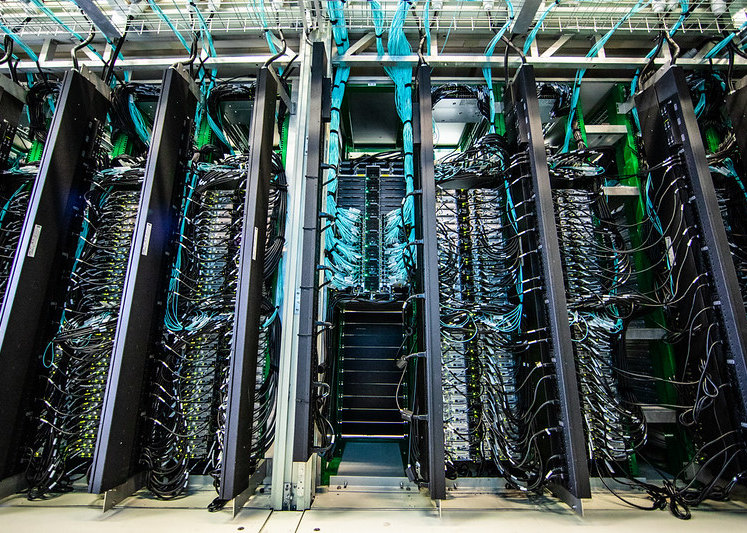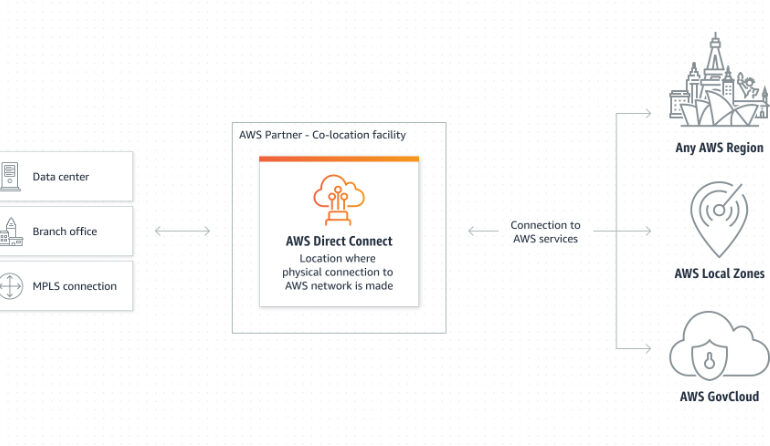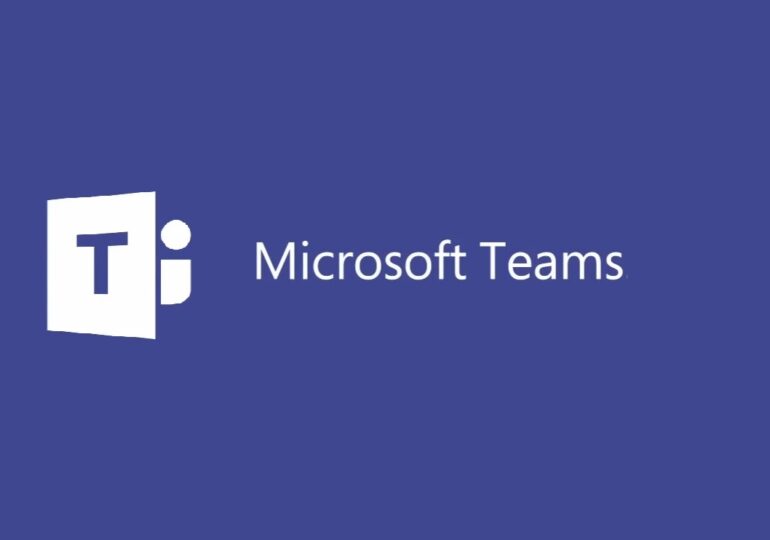What are Next Generation Firewalls (NGFWs) and why should you use them in your network?

In today’s hyperconnected world, network security has become a top concern for businesses of all sizes. Traditional firewalls are not enough to protect against sophisticated cyber threats. This is where Next Generation Firewalls (NGFWs) step in to bridge the gap.
NGFWs are advanced network security devices that provide deeper and more intelligent protection compared to traditional firewalls. They offer a robust set of features, including intrusion prevention, application control, deep packet inspection, and more.
By incorporating advanced technologies like machine learning and behavioural analytics, NGFWs can identify and block malicious traffic, preventing cyberattacks before they even breach the network perimeter.
Why should you consider using NGFWs in your network? The answer is simple – enhanced security. NGFWs enable you to have granular control over network traffic, ensuring that only authorized applications and users can access your network resources. This helps to prevent data breaches, protect sensitive information, and safeguard the reputation of your business.
In this article, we will explore the features and benefits of NGFWs in detail, and explain why they are an essential component of your network security strategy. Stay tuned to discover how NGFWs can provide you with peace of mind in an increasingly complex digital landscape.
We will cover the key areas of:
- How NGFWs differ from traditional firewalls
- Key features and capabilities of NGFWs
- Benefits of using NGFWs in your network
- Common use cases for NGFWs
- Factors to consider when choosing an NGFW
- Implementing and configuring an NGFW in your network
- Best practices for managing and maintaining an NGFW
- NGFW vendors and their offerings
How NGFWs differ from traditional firewalls
Traditional firewalls have long been the backbone of network security, but they are no longer sufficient to combat the evolving threat landscape. NGFWs go beyond the capabilities of traditional firewalls by providing more advanced features and functionalities.
One key difference is that NGFWs offer deep packet inspection (DPI), which allows them to analyze the content of data packets passing through the network. This means they can detect and block malicious traffic at the application layer, providing an additional layer of protection against sophisticated attacks.
NGFWs also incorporate intrusion prevention systems (IPS) that actively monitor network traffic for suspicious activity and can take immediate action to block potential threats. This proactive approach helps to prevent attacks before they can cause any damage.
Furthermore, NGFWs provide granular control over network traffic based on factors such as application, user, and content. This allows organizations to enforce policies that restrict access to certain applications or websites, preventing unauthorized usage and reducing the risk of data breaches.
In summary, NGFWs offer a comprehensive set of features that go beyond the capabilities of traditional firewalls, providing organizations with enhanced security and control over their network traffic.
Key features and capabilities of NGFWs
NGFWs come equipped with a range of features and capabilities that make them a powerful tool for network security. Let’s explore some of the key features that set them apart from traditional firewalls.
- Intrusion Prevention: NGFWs incorporate intrusion prevention systems (IPS) that actively monitor network traffic for known and emerging threats. They can detect and block malicious activity in real-time, reducing the risk of successful cyberattacks.
- Application Control: NGFWs provide granular control over network traffic based on the application being used. This allows organizations to enforce policies that restrict access to certain applications or prioritize critical applications, ensuring optimal network performance.
- Deep Packet Inspection: NGFWs perform deep packet inspection (DPI) to analyze the content of data packets passing through the network. This enables them to detect and block malicious traffic at the application layer, providing an additional layer of protection against advanced threats.
- Virtual Private Network (VPN) Support: NGFWs often include built-in VPN capabilities, allowing remote users to securely connect to the network. This ensures that data transmitted between remote locations and the network remains encrypted and protected from unauthorized access.
- Threat Intelligence: NGFWs leverage threat intelligence feeds to stay up to date with the latest known threats. This enables them to identify and block malicious traffic based on patterns and signatures associated with known attacks.
- User Identity Awareness: NGFWs can authenticate users based on their credentials, allowing organizations to enforce granular access controls and policies. This ensures that only authorized users can access sensitive resources and helps prevent unauthorized access attempts.
These are just a few of the many features and capabilities that NGFWs offer. By combining these advanced functionalities, NGFWs provide organizations with the tools they need to secure their networks and protect against a wide range of cyber threats.
Benefits of using NGFWs in your network
Implementing NGFWs in your network comes with a range of benefits that can significantly enhance your organization’s security posture. Let’s explore some of the key advantages of using NGFWs.
- Enhanced Security: NGFWs provide advanced security features such as intrusion prevention, deep packet inspection, and application control. These capabilities enable organizations to detect and block malicious traffic, preventing cyberattacks before they can cause any damage.
- Granular Control: NGFWs allow organizations to have granular control over network traffic based on factors such as application, user, and content. This ensures that only authorized applications and users can access sensitive resources, reducing the risk of data breaches and unauthorized access.
- Improved Performance: NGFWs optimize network performance by prioritizing critical applications and ensuring that bandwidth is allocated efficiently. This helps organizations to maintain optimal network performance even during peak usage periods.
- Simplified Management: NGFWs often come with centralized management interfaces that allow for easy configuration and monitoring of network security policies. This simplifies the management process and reduces the administrative burden on IT teams.
- Scalability: NGFWs are designed to scale with the needs of your organization. Whether you are a small business or a large enterprise, NGFWs can adapt to your network requirements and provide the necessary security controls without compromising performance.
- Compliance: NGFWs help organizations meet regulatory compliance requirements by enforcing security policies and providing detailed logs and reports. This is particularly important for industries that handle sensitive customer data, such as healthcare and finance.
By leveraging the advanced features and capabilities of NGFWs, organizations can significantly enhance their network security posture, protect sensitive information, and mitigate the risk of cyberattacks.
Common use cases for NGFWs
NGFWs can be deployed in a variety of network environments to address different security needs. Let’s explore some common use cases for NGFWs.
- Small and Medium-Sized Businesses (SMBs): SMBs often have limited IT resources and budgets, making them attractive targets for cybercriminals. NGFWs provide SMBs with an affordable and effective solution to protect their networks from cyber threats, without the need for complex configurations.
- Remote Offices and Branches: Organizations with multiple locations can deploy NGFWs at remote offices and branches to ensure consistent network security across the entire organization. This helps to protect sensitive data and maintain a secure connection between remote locations and the main network.
- Cloud Environments: As more organizations migrate their infrastructure to the cloud, it’s crucial to have robust security measures in place. NGFWs can be deployed in cloud environments to provide the same level of protection as on-premises networks, helping to secure cloud applications and data.
- Industrial Control Systems (ICS): NGFWs are increasingly being used to protect critical infrastructure and industrial control systems. By monitoring network traffic and detecting anomalies, NGFWs can help prevent cyberattacks that could disrupt essential services or cause physical damage.
- Remote Access: NGFWs with built-in VPN capabilities can be used to secure remote access to the network. This is particularly important for organizations that have remote workers or employees who frequently travel and need secure access to network resources.
These are just a few examples of how NGFWs can be used to address different security needs. The flexibility and scalability of NGFWs make them suitable for a wide range of network environments and industries.
Factors to consider when choosing an NGFW
When selecting an NGFW for your network, it’s important to consider several factors to ensure that you choose a solution that meets your organization’s specific requirements. Let’s explore some key considerations when choosing an NGFW.
- Performance: NGFWs should be able to handle the network traffic volume of your organization without compromising performance. Consider factors such as throughput, latency, and maximum concurrent sessions when evaluating performance capabilities.
- Scalability: Ensure that the NGFW can scale with your organization’s needs. Consider factors such as the number of users, devices, and applications that the NGFW can support.
- Security Features: Evaluate the security features and capabilities of the NGFW, such as intrusion prevention, deep packet inspection, and application control. Ensure that the NGFW provides the necessary security controls to protect your network against current and emerging threats.
- Ease of Management: Consider the management interface of the NGFW and ensure that it provides a user-friendly and intuitive experience. Centralized management capabilities can simplify the configuration and monitoring of network security policies.
- Integration: Evaluate the NGFW’s ability to integrate with other security solutions and network infrastructure components. Seamless integration can enhance the overall effectiveness of your network security architecture.
- Vendor Reputation and Support: Research the reputation of the NGFW vendor and their track record in providing reliable products and customer support. Look for vendor certifications and industry recognition to ensure that you choose a reputable vendor.
By considering these factors, you can select an NGFW that aligns with your organization’s requirements and provides the necessary security controls to protect your network.
Implementing and configuring an NGFW in your network
Implementing and configuring an NGFW in your network requires careful planning and consideration. Here are some steps to guide you through the process:
- Assess Your Network: Conduct a thorough assessment of your network to identify potential vulnerabilities and security gaps. This will help you determine the specific security requirements that your NGFW needs to address.
- Define Security Policies: Establish clear security policies that outline the rules and regulations for network access, application usage, and content filtering. These policies should align with your organization’s security objectives and compliance requirements.
- Select an NGFW: Based on your network assessment and security policies, select an NGFW that meets your organization’s specific requirements. Consider factors such as performance, scalability, and security features.
- Install and Configure: Install the NGFW in your network according to the vendor’s guidelines. Configure the NGFW to align with your security policies, ensuring that it enforces the necessary access controls and monitors network traffic for potential threats.
- Test and Monitor: Conduct thorough testing to ensure that the NGFW is functioning as intended and effectively protecting your network. Regularly monitor the NGFW logs and reports to identify any anomalies or potential security breaches.
- Ongoing Maintenance: Keep your NGFW up to date with the latest firmware updates and security patches. Regularly review and update your security policies to address new threats and changes in your network environment.
By following these steps, you can implement and configure an NGFW that provides robust network security and aligns with your organization’s specific requirements.
Best practices for managing and maintaining an NGFW
Managing and maintaining an NGFW is an ongoing process that requires regular attention and adherence to best practices. Here are some best practices to help you effectively manage and maintain your NGFW:
- Regularly Update Firmware: Keep your NGFW up to date with the latest firmware updates and security patches. This ensures that your NGFW is equipped with the latest security features and protections.
- Monitor Logs and Alerts: Regularly review the NGFW logs and alerts to identify any suspicious activity or potential security breaches. Establish clear incident response procedures to address any identified threats.
- Conduct Regular Audits: Perform regular audits of your NGFW configuration and security policies to ensure that they align with your organization’s requirements. This helps to identify any misconfigurations or policy violations that could compromise network security.
- Implement User Training and Awareness: Educate your employees about the importance of network security and the role they play in maintaining a secure network. Provide training on best practices for data protection, password management, and safe browsing habits.
- Backup and Recovery: Regularly back up your NGFW configuration and settings to ensure that you can quickly restore them in the event of a system failure or security incident. Test the backup and recovery process to validate its effectiveness.
- Regularly Test Security Controls: Conduct regular penetration testing and vulnerability assessments to identify any weaknesses in your network security. This helps to ensure that your NGFW is effectively protecting your network against potential threats.
By following these best practices, you can effectively manage and maintain your NGFW to ensure optimal network security and protection.
NGFW vendors and their offerings
Several vendors offer NGFW solutions, each with their own unique features and offerings. Here are some of the leading NGFW vendors and an overview of their offerings:
- Cisco: Cisco offers a range of NGFW solutions, including the Cisco Firepower Next-Generation Firewall. Their NGFWs provide advanced threat protection, application visibility and control, and integrated security services.
- Palo Alto Networks: Palo Alto Networks is a leader in NGFW solutions, offering the Palo Alto Networks Next-Generation Firewall. Their NGFWs provide advanced threat prevention, application visibility, and granular control over network traffic.
- Fortinet: Fortinet offers the FortiGate Next-Generation Firewall, which provides high-performance security and advanced threat protection. Their NGFWs also include built-in VPN capabilities and centralized management interfaces.
- Check Point: Check Point offers the Check Point Next Generation Firewall, which provides advanced threat prevention, application control, and user identity awareness. Their NGFWs are known for their scalability and performance.
- Juniper Networks: Juniper Networks offers the Juniper Networks Next-Generation Firewall, which provides advanced security features such as IPS, DPI, and application control. Their NGFWs are designed for high-performance environments.
These are just a few examples of the many NGFW vendors available in the market. When selecting an NGFW vendor, consider factors such as their reputation, product offerings, and compatibility with your existing network infrastructure.
Conclusion: The importance of NGFWs in securing your network
In today’s digital landscape, network security is of utmost importance. Traditional firewalls are no longer enough to protect against sophisticated cyber threats. Next-Generation Firewalls (NGFWs) offer advanced features and capabilities that provide deeper and more intelligent protection for your network.
By incorporating technologies like machine learning and behavioural analytics, NGFWs can identify and block malicious traffic, preventing cyberattacks before they breach the network perimeter. NGFWs enable granular control over network traffic, ensuring that only authorized applications and users can access your network resources. This enhances security, prevents data breaches, and protects the reputation of your business.







































